Anarchy Is Bad for Picnics . . . All About Wasps
by: Paul Hetzler
I’m not one to shed a tear when authoritarian rulers die, but once they’re gone, picnics become a lot more dangerous. Toward the end of summer, just in time for Labor Day picnics and County Fairs, the original queen in every yellowjacket wasp colony dies. It’s not the stuff of Hamlet or some far-reaching conspiracy, it’s just that having a few thousand babies in the course of one season is enough to tire any Queen Mum to death.
The colony anticipates this loss, however, and raises some fresh queens as the old one starts to forget the names of her offspring and where she left her reading glasses. But when the feisty new regals emerge, the young queens are no good whatsoever to the nest that lovingly produced them. No, they run off with the nearest male wasps, and after an orgy of mating, hide in rotten logs or nearby attics for the winter.
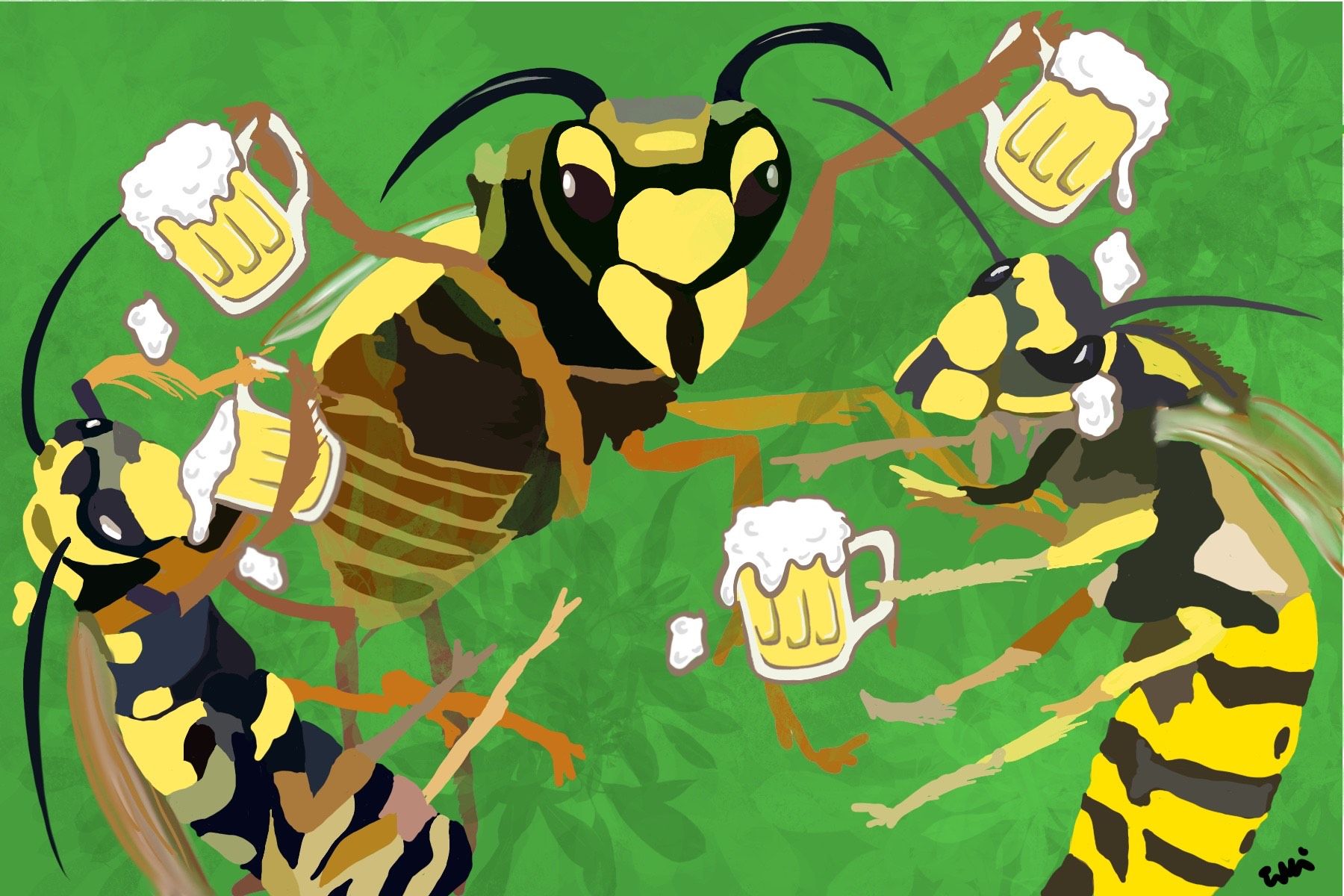
With no one to keep the kids in line, the colony’s social order disintegrates. All summer long, yellowjacket workers are busy with good deeds like pollinating flowers and killing deer flies, tent caterpillars, and beetle larvae to feed the colony. But once Queen Mum expires, the rank-and-file wasps feel free to crash-land in your potato salad and to explore the inside of your soft-drink can. They neglect their chores and go on a sugar binge. This is why yellowjackets and other colony-forming wasps seem “aggressive” in the fall – they’re stuffing their faces with sweets ’cause no one’s watching over them.
Unlike honey bees, wasps can sting repeatedly, so it’s good to know a few defensive tactics. Wear light-colored clothing, since dark or bright colors will attract flying insects. If you’re off to the Fair or a late-summer outing, forget the perfume, cologne, and strong-smelling soap or shampoo. These products will get you far more attention from wasps than from anyone you were hoping to meet. Keep your drink covered at all times, to save you from being stung on the mouth (and possibly from other dangers as well).
Don’t shoo away yellowjackets because this can provoke them. When one lands on you, chances are it’ll move on shortly, but if you can’t wait, flick it rather than swat it. Once a wasp stings, it releases an alarm pheromone that signals others to sting too, so take cover if you do get stung.
Traps are available online and at hardware stores, but simple and effective ones can be made by cutting an “X” halfway up the sides of plastic bottles (leave one quadrant for pouring liquid). Put an inch of sugary pop along with 2 drops of dish soap in the bottom. Replace the cap and set these around the perimeter of your gathering a few hours before the event. For more information, see the NY State Integrated Pest Management wasp control page.

Please note that we do NOT have Asian wasps or so-called murder hornets! Any oversize wasps you may encounter are cicada-killer wasps, which do not make colonies or attack humans. Take heart – yellowjackets and other wasps will die with the onset of freezing weather. Next year’s hibernating queens, loaded with fertile eggs, and dreaming of their future tyrannical rein, are the only exceptions.
By Paul Hetzler
Paul Hetzler is a former Cornell Cooperative Extension Educator. See all of Paul's TI Life article here. Paul's two books are available on Amazon.com and Amazon.ca - see below for details..
Editor's note: Published this month
If you like Paul Hetzler's writing then you must get his second volume of humorous nature essays, HEAD OF THE CLASS: Smarter than a Slime Mold – Nature’s Funny Bone Revealed. (See Amazon.ca or Amazon.com)
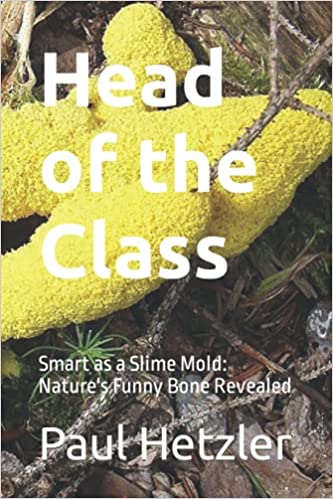
His first book, Shady Characters: Plant Vampires, Caterpillar Soup, Leprechaun Trees and Other Hilarities of the Natural World." is also available on amazon.com, amazon.ca (Canadian), and the convenient Amazon.com (Kindle). Once you get it, let me know how many time you smiled and/or laughed out loud...


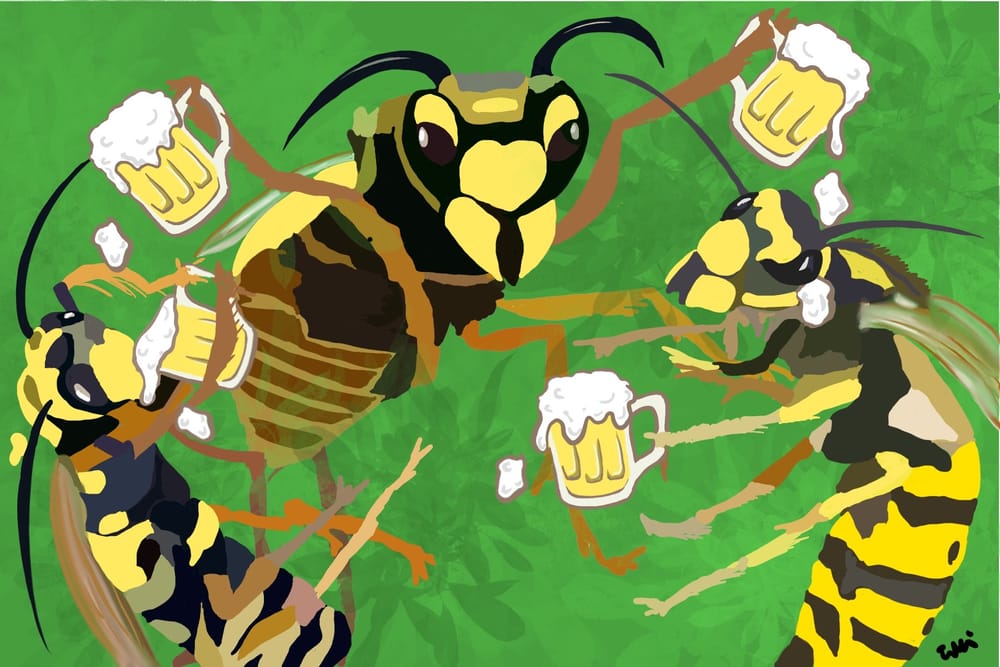
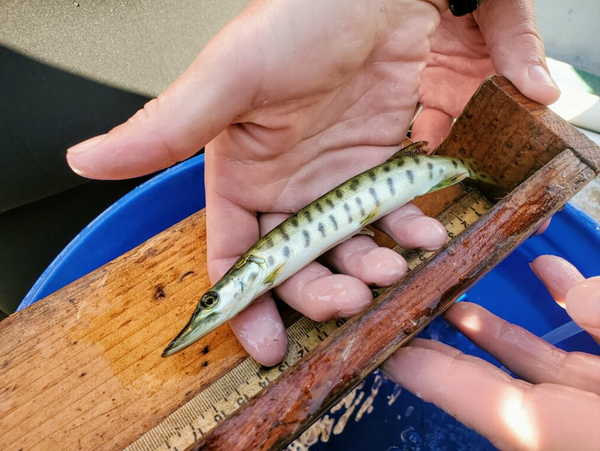
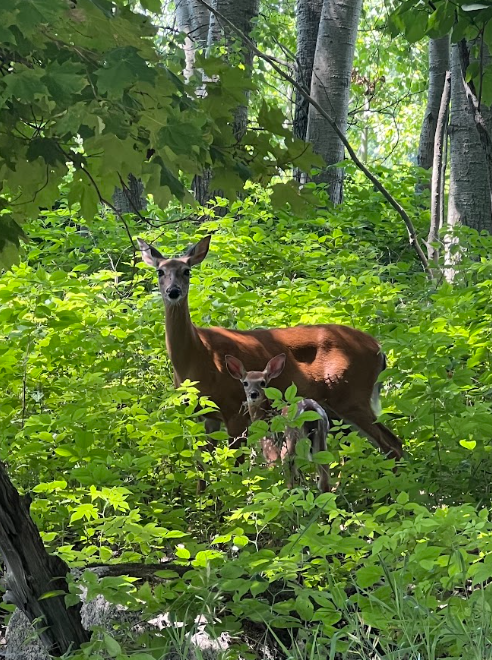
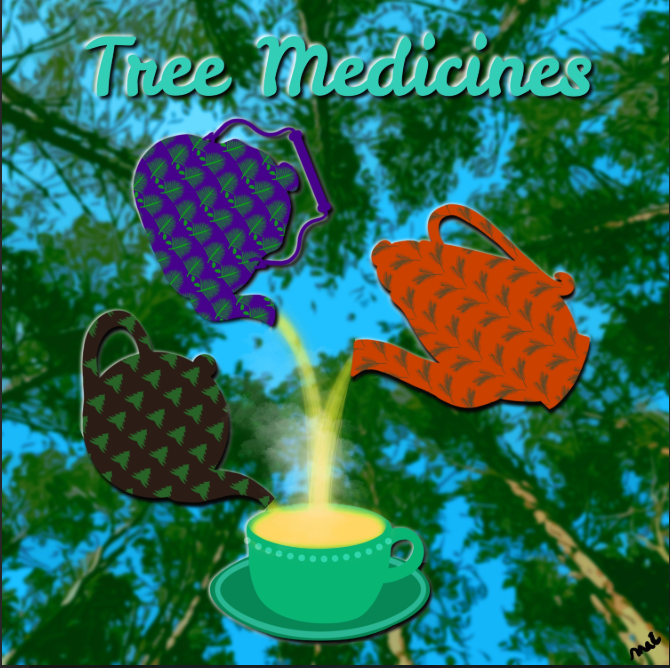
Please click here if you are unable to post your comment.